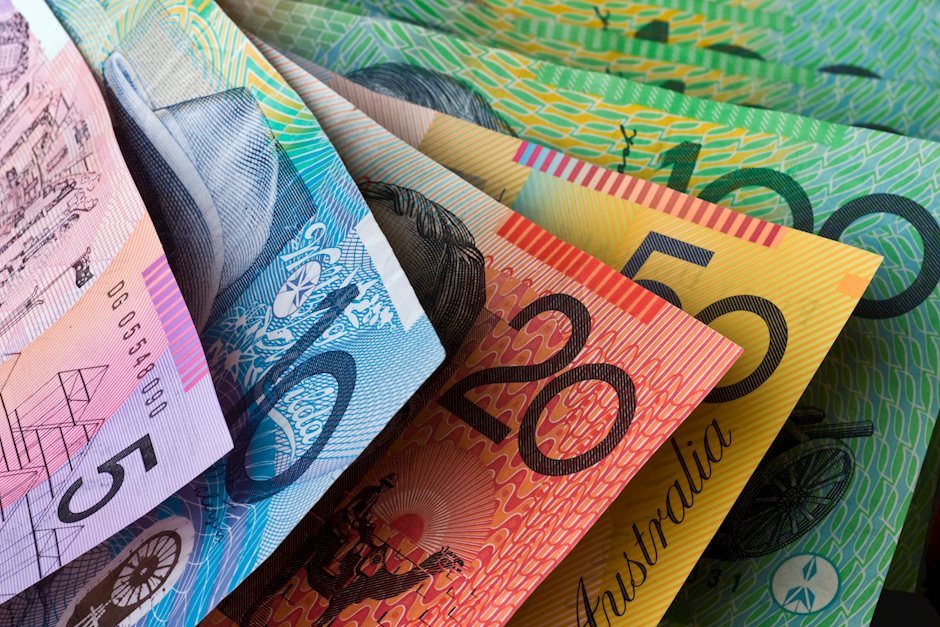Australian Dollar gains on quiet Monday, investors will seek guidance on CPI readings this week
- Australian Dollar’s downside is limited by hawkish RBA outlook.
- Market delays expectation for RBA interest rate cuts to February 2025.
- May’s CPI figures will be key for markets to place their bets on the next RBA moves.

Monday's session noted a recovery in the Australian Dollar (AUD) and the AUD/USD found support at the 0.6640 threshold, where the 20-day Simple Moving Average (SMA) converges. The highlight will be Australian inflation data eyed to shape ensuing RBA decisions.
In Australia, despite noticeable frailties in the economy, stubborn inflation continues to clog the Reserve Bank of Australia's (RBA) road to potential interest rate cuts, thus setting a possible limit to the downside pressure on the Aussie. The RBA is now placed among the last G10 nations' central banks to initiate rate cuts, with this stance expected to bolster the Australian Dollar's upcoming gains.
Daily Digest Market Movers: Aussie up ahead of key May CPI
- Investors are now eagerly waiting for Wednesday's release of the May Consumer Price Index (CPI) data, expecting the headline inflation to sneak up two points to reach a five-month high of 3.8% YoY.
- The swaps market hints at virtually no rate cuts in 2024 and around 70% odds of the first cut in February 2025, hinting at the RBA's hawkish approach toward tackling inflation.
- Last week, Governor Bullock uncovered the RBA's inclination and sent the markets a clear message of resilience in the face of inflationary pressures. The Board's insistence that "inflation remains above target and is proving persistent" and its expectation that it "will be some time yet before inflation is sustainably in the target range", further asserts the central bank's tough stance.
- As the RBA doesn’t consider rate cuts, the Aussie’s downside is limited.
Technical analysis: AUD/USD recovers, buyers defend 20-day SMA
On the technical front, flat movements are noted as the Relative Strength Index (RSI) remains above 50 but flattened. Simultaneously, the Moving Average Convergence Divergence (MACD) lingers in negative territory with steady red bars. The upcoming sessions hinge on the buyers maintaining the AUD/USD pair above the 20-day Simple Moving Average (SMA), whose strong defense is currently casting a positive light on the pair’s future outlook.
Inflation FAQs
Inflation measures the rise in the price of a representative basket of goods and services. Headline inflation is usually expressed as a percentage change on a month-on-month (MoM) and year-on-year (YoY) basis. Core inflation excludes more volatile elements such as food and fuel which can fluctuate because of geopolitical and seasonal factors. Core inflation is the figure economists focus on and is the level targeted by central banks, which are mandated to keep inflation at a manageable level, usually around 2%.
The Consumer Price Index (CPI) measures the change in prices of a basket of goods and services over a period of time. It is usually expressed as a percentage change on a month-on-month (MoM) and year-on-year (YoY) basis. Core CPI is the figure targeted by central banks as it excludes volatile food and fuel inputs. When Core CPI rises above 2% it usually results in higher interest rates and vice versa when it falls below 2%. Since higher interest rates are positive for a currency, higher inflation usually results in a stronger currency. The opposite is true when inflation falls.
Although it may seem counter-intuitive, high inflation in a country pushes up the value of its currency and vice versa for lower inflation. This is because the central bank will normally raise interest rates to combat the higher inflation, which attract more global capital inflows from investors looking for a lucrative place to park their money.
Formerly, Gold was the asset investors turned to in times of high inflation because it preserved its value, and whilst investors will often still buy Gold for its safe-haven properties in times of extreme market turmoil, this is not the case most of the time. This is because when inflation is high, central banks will put up interest rates to combat it. Higher interest rates are negative for Gold because they increase the opportunity-cost of holding Gold vis-a-vis an interest-bearing asset or placing the money in a cash deposit account. On the flipside, lower inflation tends to be positive for Gold as it brings interest rates down, making the bright metal a more viable investment alternative.
Author

Patricio Martín
FXStreet
Patricio is an economist from Argentina passionate about global finance and understanding the daily movements of the markets.

















